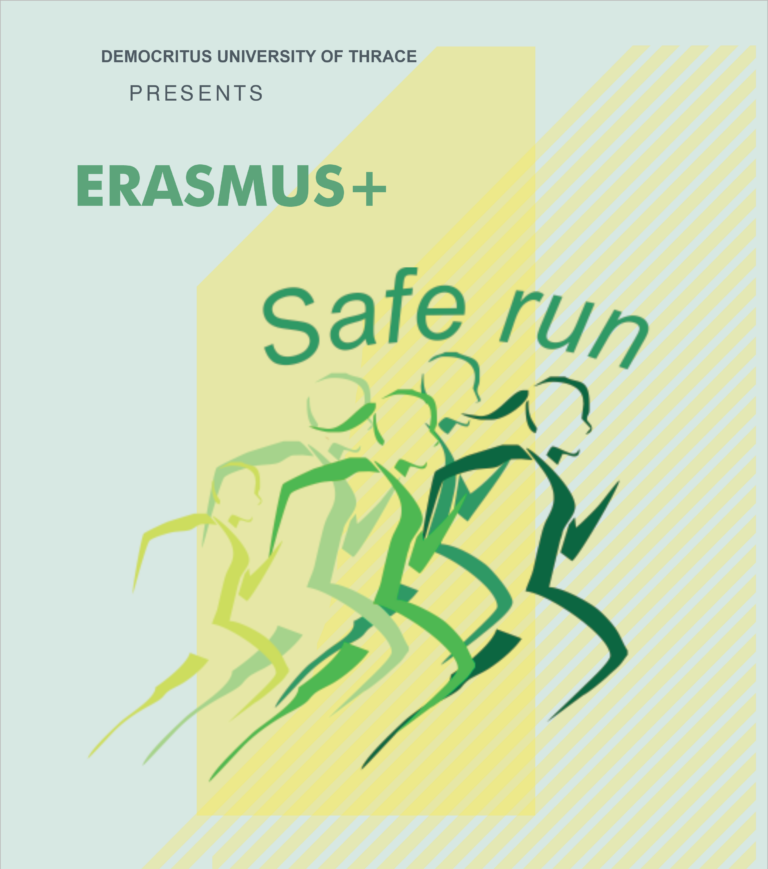
SAFE RUN
The main goal of the SAFE-RUN project was to organize educational innovative approaches for running injury prevention strategies while providing key prevention techniques for recreational running athletes and exercise experts (running athletes trainers, athletic trainers, physiotherapists, etc).
We were motivated by the fact that a considerable proportion of recreational running athletes in all age groups have been coping with injuries and pain symptoms during training and/or competition.
SAFE-RUN identified the gaps in the strategies used already for the prevention of musculoskeletal injuries in recreational running while recognizing the fact that runners and trainers operate with the interplay of thoughts, physiology and actions. The project proposed specific techniques and training actions be undertaken for safer participation in running events and related sports.
Thus, the SAFE-RUN project aimed to contribute to the prevention of musculoskeletal injuries in running sports through several educational activities/events with specific exercise prescriptions addressing runners (especially the youngsters, males and females), trainers and all exercise experts enhancing their knowledge and increasing their awareness on prevention strategies, always following the principle “the healthier option is the easier option”.

A group of experienced academics/researchers coming from different scientific fields (Exercise science, Physical Therapy and Medical Science) in collaboration with experienced senior runners, together with manager professionals experienced in organizing company sport events aim to promote health education in recreational athletes. The SAFE-RUN project is based on the interdisciplinary approach and aims to the area of “protecting athletes –especially the youngest– from health and safety hazards by improving training and competition conditions” while is targeting to a European grass-root sport, the running.
The milestone of the project will be an innovative application addressing running injuries’ prevention and treatment that will be developed primarily focusing on a. the importance of complete training for optimal musculoskeletal functioning, b. the early recognition of symptoms of overuse, and c. on the provision of training guidelines for recreational runners who train by themselves without any scientific guidance.
Why running?
Running is a low barrier activity but with ongoing popular appeal. It is also one of the most popular leisure sports activities nowadays.
